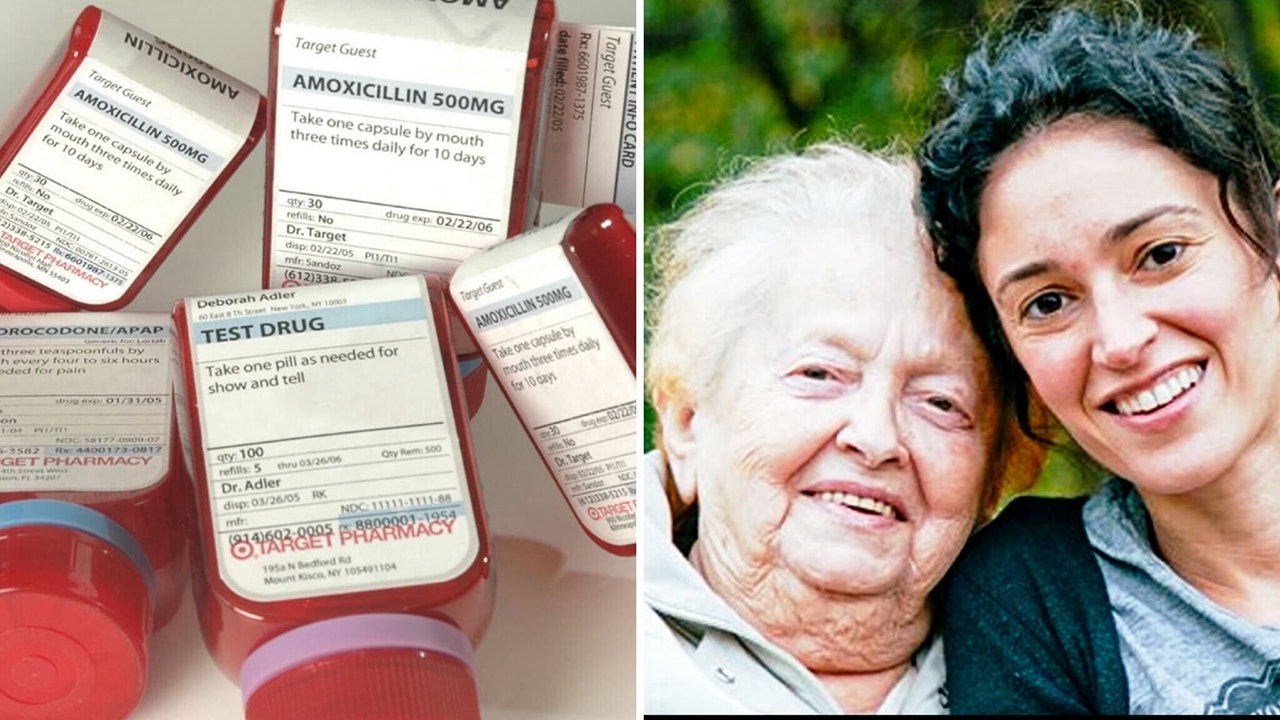Tragedy can inspire those who live in its shadows to pave a path to progress and compassion.
Deborah Adler, born into a family of Holocaust refugees and herself an eyewitness to the 9/11 terror attacks, found a way to build a better bottle.
An artist and graphic designer with an entrepreneurial spirit, Adler created the ClearRx prescription system while a graduate student at the School of Visual Arts in New York City.
Millions of Americans today are safer because of her rare combination of professions: artist, technician and entrepreneur.
“She identified a number of problems with traditional pill bottles that needed fixing,” the MIT-Lemelson Program, devoted to leaders in innovation, said in a tribute to Adler.
First marketed by Target in 2005, Adler’s vision for better prescription packaging reduced the likelihood of potential tragedy found in every medicine cabinet: the chance that somebody might take the wrong medicine or the wrong dosage at the wrong time.
Deborah Adler in her New York office in 2005. Her new prescription container designs include color-coded rings for the bottles’ necks to identify different family members, flat-sided pill bottles that stand on their caps and labels that are easier to read. (Joe Tabacca/Bloomberg via Getty Images)
“More than 7 million patients in the U.S. are impacted by medication errors every year,” the Journal of Community Hospital Internal Medicine Perspectives wrote in 2016.
Up to 9,000 Americans die each year when they ingest the wrong pills, according to industry estimates.
“More than 7 million patients in the U.S. are impacted by medication errors every year.”
Adler’s inspiration to battle the specter of human misfortune rose as an instinctive creative reaction to an incredible confluence of tragedies — and one near tragedy.
Her Jewish grandmother survived occupied World War II in Poland and was one of the lucky few who escaped the fate of a concentration camp.
Helen Adler might have died, however, in the comfort of her home in the U.S. decades later simply because of a poorly designed prescription bottle.
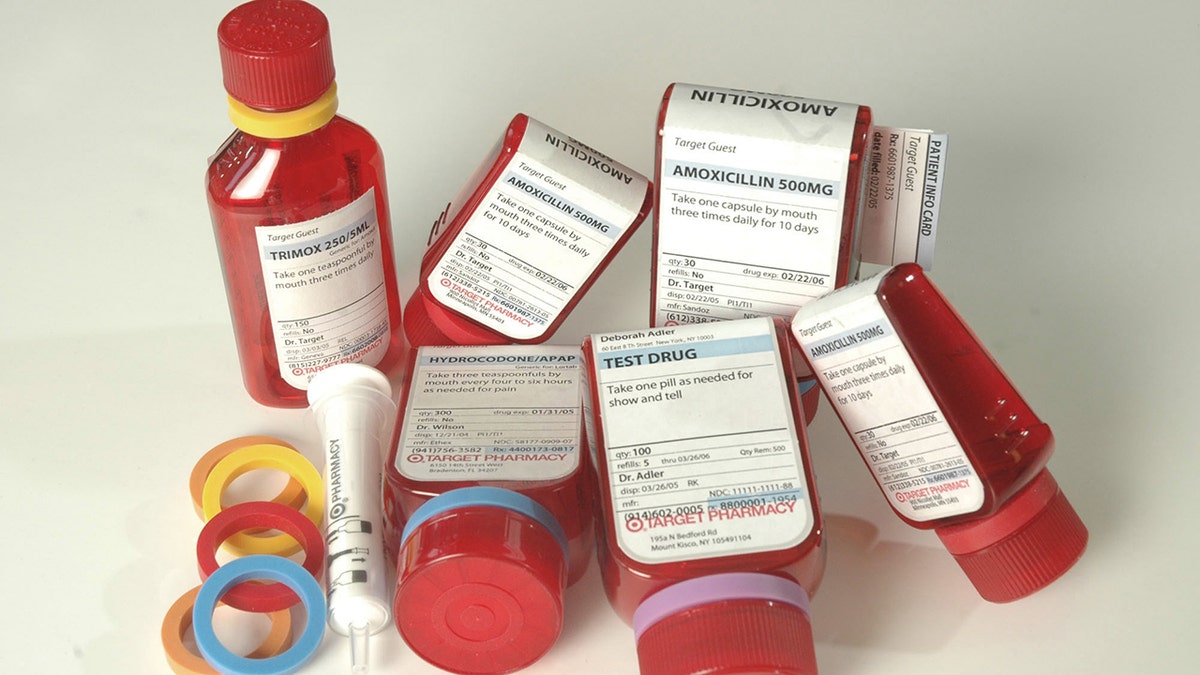
A sample of Deborah Adler’s re-designed prescription medicine containers from 2005. The designs include color-coded rings for the bottles’ necks for different family members, flat-sided pill bottles that stand on their caps, labels that are easier to read — and a patient information card that pulls out from the back of the label. (Joe Tabacca/Bloomberg via Getty Images)
Adler grew determined to help her grandmother, and millions of people like her, after witnessing unspeakable tragedy in her own lifetime.
Refugees from the Holocaust
Deborah Adler was born on Sept. 14, 1975 in Rockland County, New York.
Raised in Chappaqua in Westchester County, New York, she attended Horace Greeley High School and the University of Vermont before applying to a graduate program at the School of Visual Arts in New York City.
Her father, Dr. Melvin Adler, is an orthopedic surgeon who recently retired after years practicing at Montefiore Mount Vernon Hospital and teaching at Albert Einstein College of Medicine in the Bronx.
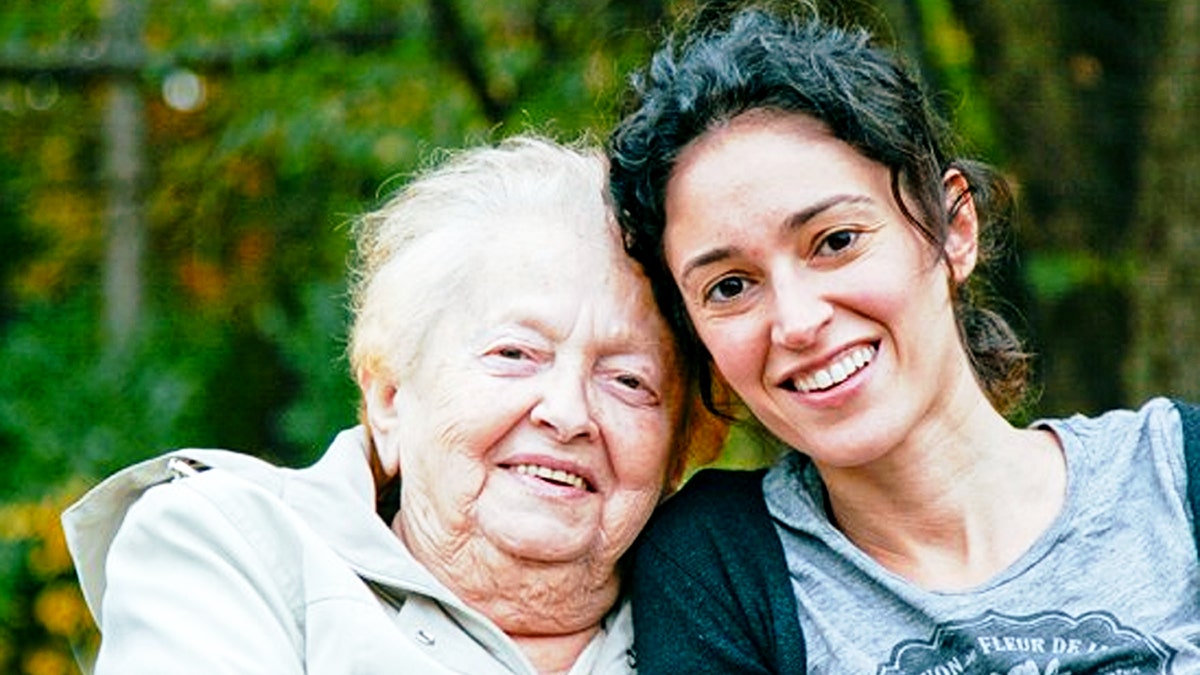
Helen Adler, left, survived the Holocaust and arrived in the United States after World War II. Deborah Adler is the renowned designer of the ClearRx prescription system. She was inspired by her grandmother’s medication mistake. (Courtesy Deborah Adler/Adler Design)
Her mother, Karen Adler, was a nurse who succumbed to pancreatic cancer in 2021.
Her maternal grandfather and an uncle were also doctors.
“I was brought up always looking up to them,” she said of the family caregivers.
“I think she gave birth to my dad in the back of a bakery.”
She also drew inspiration from her family’s remarkable World War II survival story.
Herman and Helen Adler, her paternal grandparents, were Jewish refugees from Poland and just teenagers when they spent the last two years of the war surviving in the woods.
“My grandparents went through a lot,” said Adler. “They survived by hiding in the woods. They lived in the woods for two whole years.”
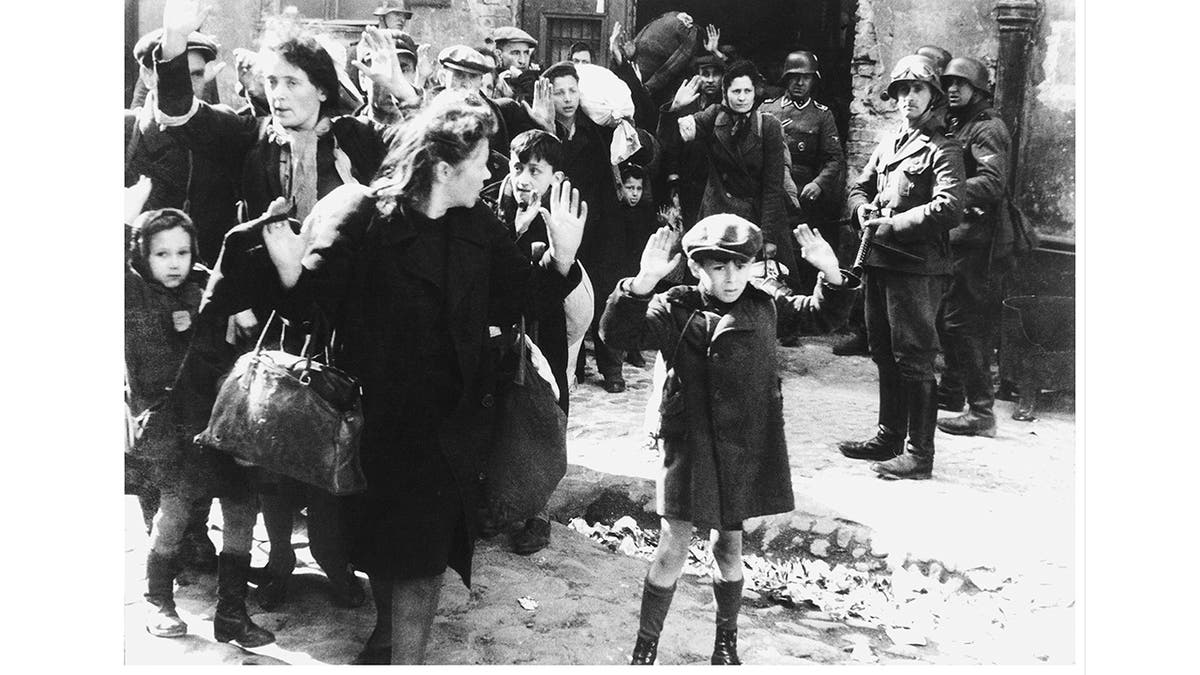
A group of Jewish civilians being held at gunpoint by German SS troops in the Warsaw Ghetto Uprising in Poland during World War II, 1943. Deborah Adler’s Jewish grandparents lived as refugees in the woods of Poland for two years to escape persecution by the National Socialist German Workers Party. (12/Universal Images Group via Getty Images)
It was there in the woods, she suspects, that her father was conceived while her Jewish grandparents evaded capture by Germany’s National Socialists.
“My grandmother was pregnant when she got back to her town [Tarnogrod] and found it had been destroyed,” said Adler.
“I think she gave birth to my dad in the back of a bakery.”
The Adlers arrived in the United States in 1947 and went about building a productive life in their new homeland.
The Adler family’s Holocaust experience captured the attention of her future professor, Stephen Heller.
“It was just instinct when I met her,” said Heller, co-chair of the Masters of Fine Arts design program at the School of Visual Arts.

Deborah Adler’s patent for improved prescription bottles included a new labeling system. Among other innovations, her system emphasized essential medical and patient info over pharmacy branding. (US Patent and Trademark Office/public domain)
“I would see prospective students and one of the things that stood out about her portfolio — there were these two posters in there for Holocaust productions, for plays about the Holocaust. I was like, ‘Wow!’ It just rang bells for me.”
The professor invited Adler into the program on the strength of her ability to illustrate the Holocaust, to memorialize a tragedy embedded in her family’s memory bank.
‘Didn’t believe what I was seeing’
Adler headed into the second and last year of her program at the School of Visual Arts in the summer of 2001.
She mapped out her final thesis, a plan to design and market consumer products for people with curly hair, when two events changed her trajectory.

Deborah Adler was a graduate school student in New York City when she witnessed the World Trade Center attacks from her rooftop on Sept. 11, 2001. The horrific experience inspired her to focus on a thesis that would provide a lasting contribution to human welfare. (Getty Images)
Helen Adler, her grandmother who survived the Holocaust, turned ill when she mistakenly took prescription pills meant for her husband Herman.
“The bottles were hard to read and both were named ‘H. Adler.’ That was part of the problem,” said the designer. “That’s when the light bulb went off.”
The call to action came a short time later — on Sept. 11, 2001.
“I was very scared and horrified and kind of in shock,” said Adler, who lived two miles from the World Trade Center in Greenwich Village.
“I just didn’t believe what I was seeing on TV. So I had to run up on the roof and see it with my own eyes.”
Her curly hair thesis, she said, “suddenly didn’t seem so important.”
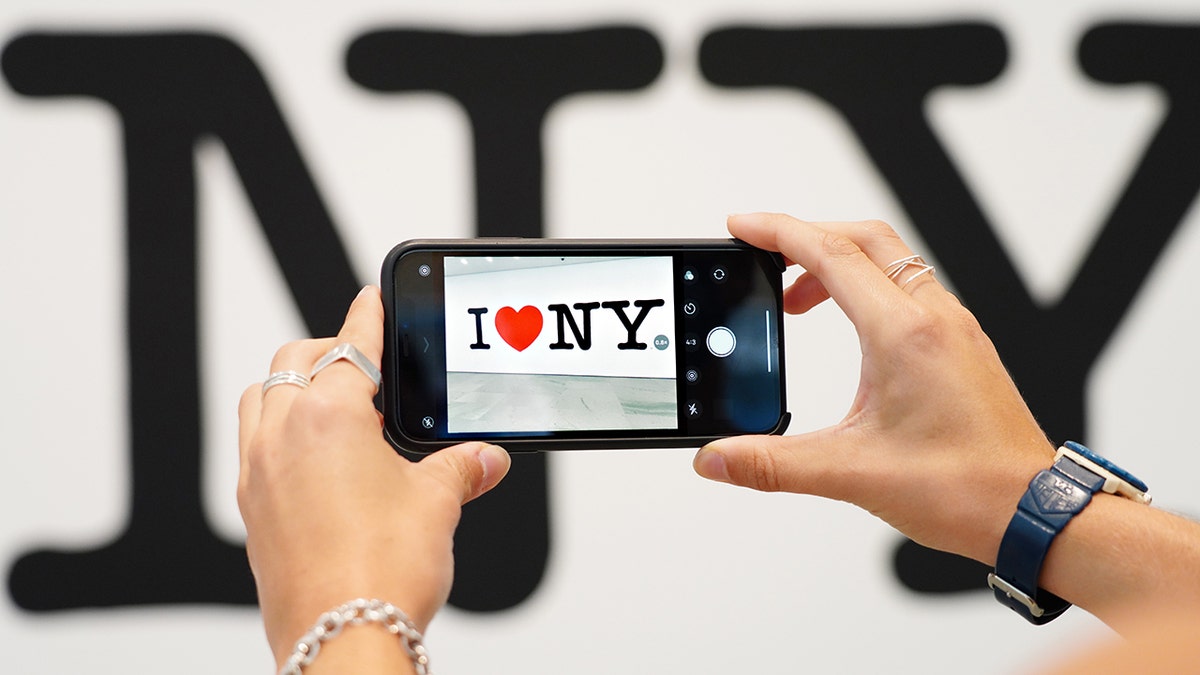
A museum employee takes a photo of an oversized presentation of the iconic “I Love NY” logo designed by Milton Glaser, which was installed inside the west end of The Museum of Modern Art lobby in August 2020. (Cindy Ord/Getty Images)
“Her grandmother could have killed herself taking the wrong medication,” said Heller.
“She turned around an entire new [thesis] proposal in a single weekend. It was such an amazing transformation.”
“I was very scared and horrified and kind of in shock.”
There was little chance a grad school student’s project would ever reach the market.
Then, the fortunes for Adler’s idea brightened dramatically when she landed a job with Milton Glaser.
He was one of the world’s most renowned graphic designers, best known for creating the iconic “I Love New York” logo.

Deborah Adler’s early work on what would become the ClearRx prescription system. She was inspired to begin the work soon after witnessing the 9/11 terror attacks in New York City. (Courtesy Deborah Adler/Adler Design)
He bought into Adler’s better prescription bottle plan and introduced it to executives at Target. She then worked with designer Klaus Rosburg to design the perfect bottle to match the Adlers’ prescription protocol.
The designer was just 29, four years removed from watching the Twin Towers collapse from her Manhattan rooftop, when Target introduced her prescription packing, dubbed ClearRx, on May 1, 2005.
‘The personal is the universal’
Deborah Adler today runs Adler Design in New Jersey and teaches at the School of Visual Arts.
CVS bought Target pharmacies — and adopted the ClearRx system — in 2015. It’s available in all CVS pharmacies today.
She’s been honored by both the industrial and art worlds.
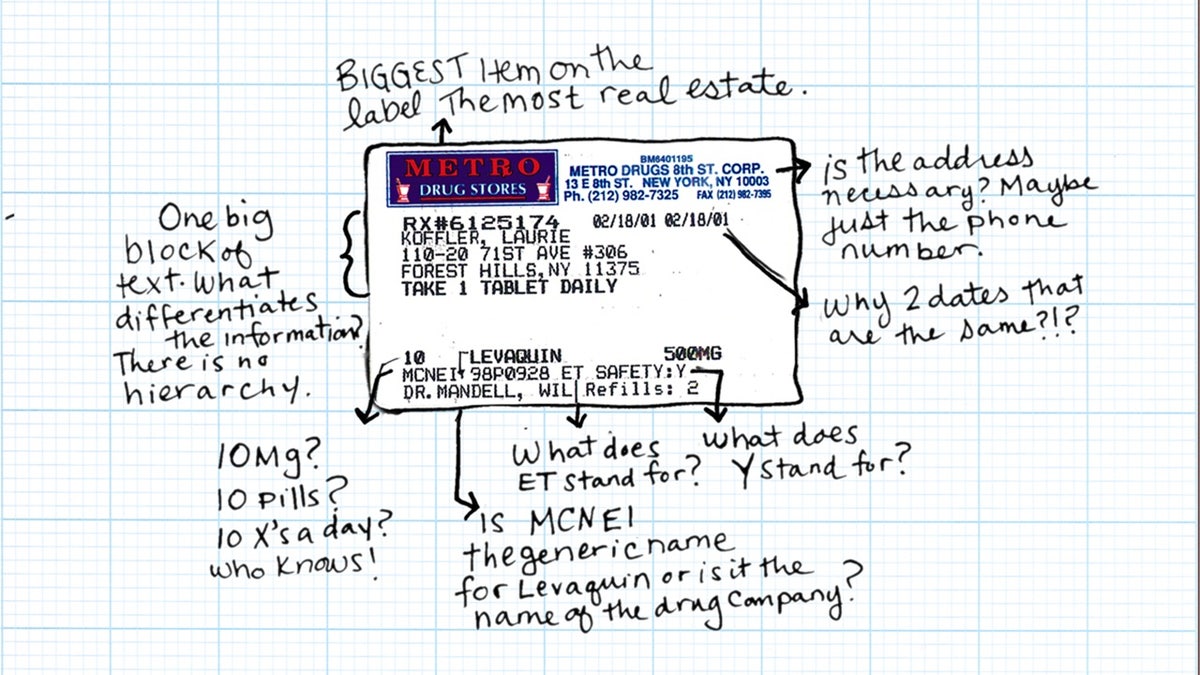
Deborah Adler deconstructed existing prescription protocols to make labeling more intuitive. Among other problems, labels emphasized store branding over important patient information. (Courtesy Deborah Adler/Adler Design)
“The result of her hard work was an intuitive pill bottle and information system that includes a redesigned bottle, easy-to-read label, removable information card, color-coded rings and redesigned warning icons,” the MIT-Lemelson Program wrote of Adler’s innovations.
The Target ClearRx Prescription System has been exhibited at the Museum of Modern Art in New York City.
AdlerRx, her latest pharmacy innovation, organizes prescriptions across days and times to create easy-to-follow schedules.
“The problem my grandmother had is that she wasn’t taking just one medication. She was taking an entire regimen of medications.”
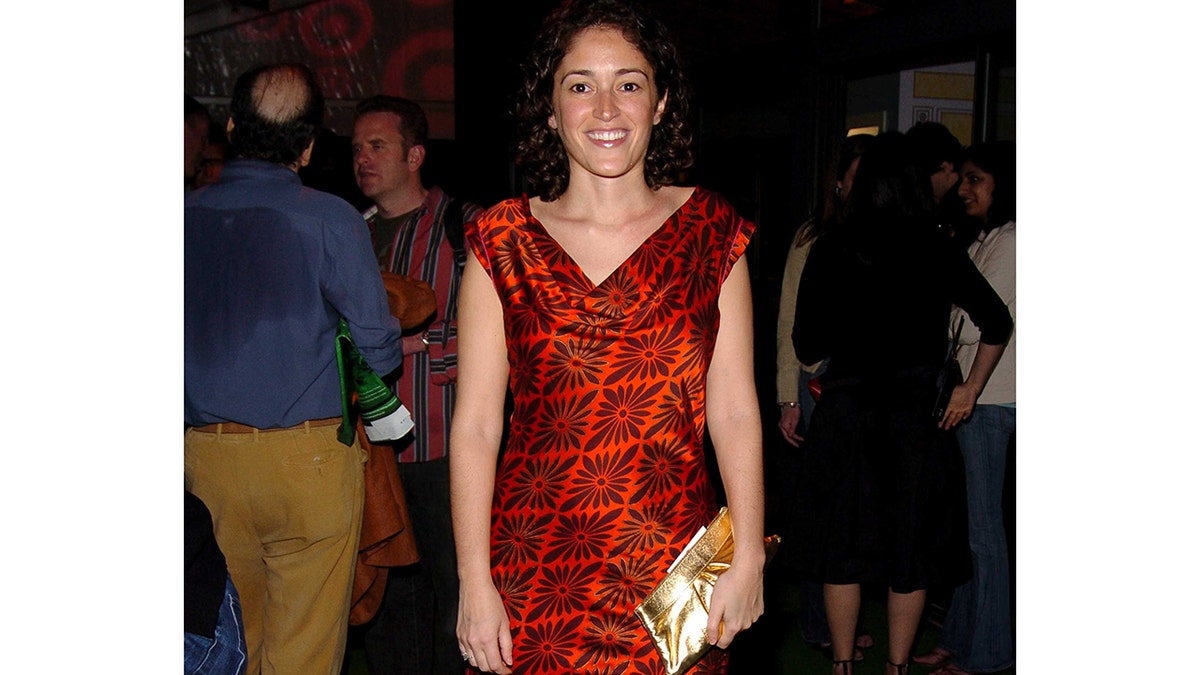
The AdlerRx model, for which she received the patent in 2021, is available at CVS pharmacies across the nation.
She believes more lives are still to be saved.
“I would love my latest system to become the federal standard,” said Adler.
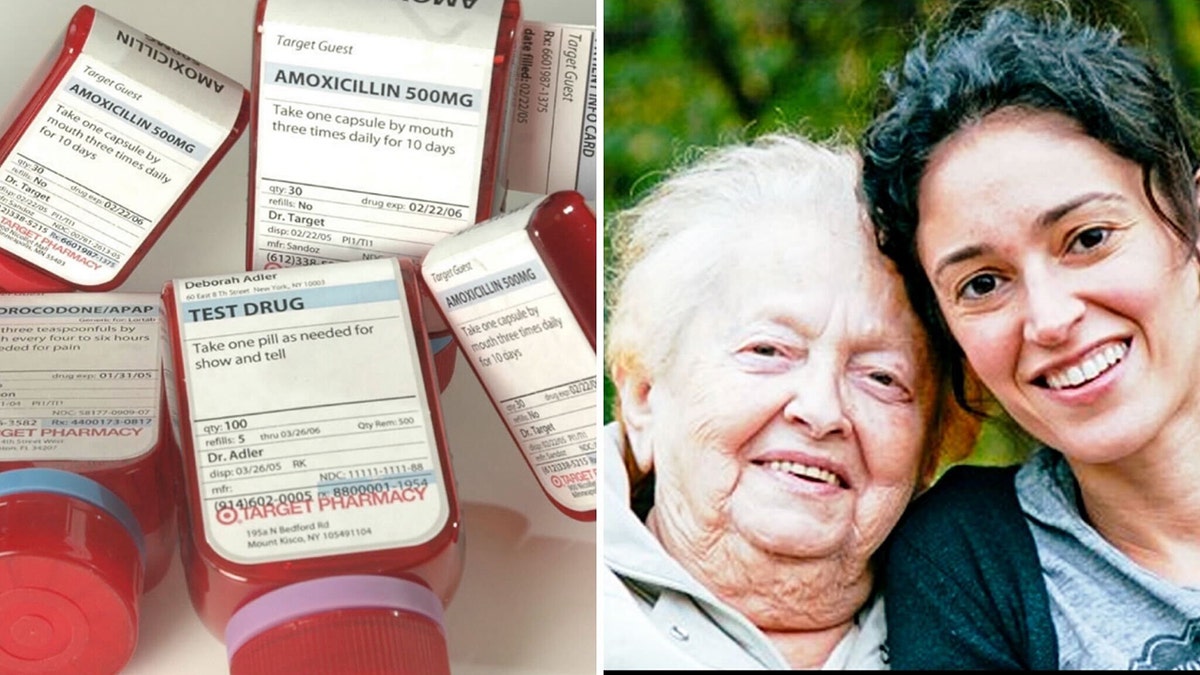
Inspired by her grandmother’s medicine-taking error, Adler designed a more intuitive system for prescription bottles, shown at left. (Joe Tabacca/Bloomberg via Getty Images; courtesy Deborah Adler)
Heller, Adler’s design-school professor, remains impressed decades later by his prize pupil’s ability to address crises with creativity and compassion.
“You know, a lot of great things happen because of how people respond to accidents or near accidents or terrible tragedies,” he said.
To read more stories in this unique “Meet the American Who…” series from Fox News Digital, click here.
For more Lifestyle articles, visit www.foxnews.com/lifestyle.
